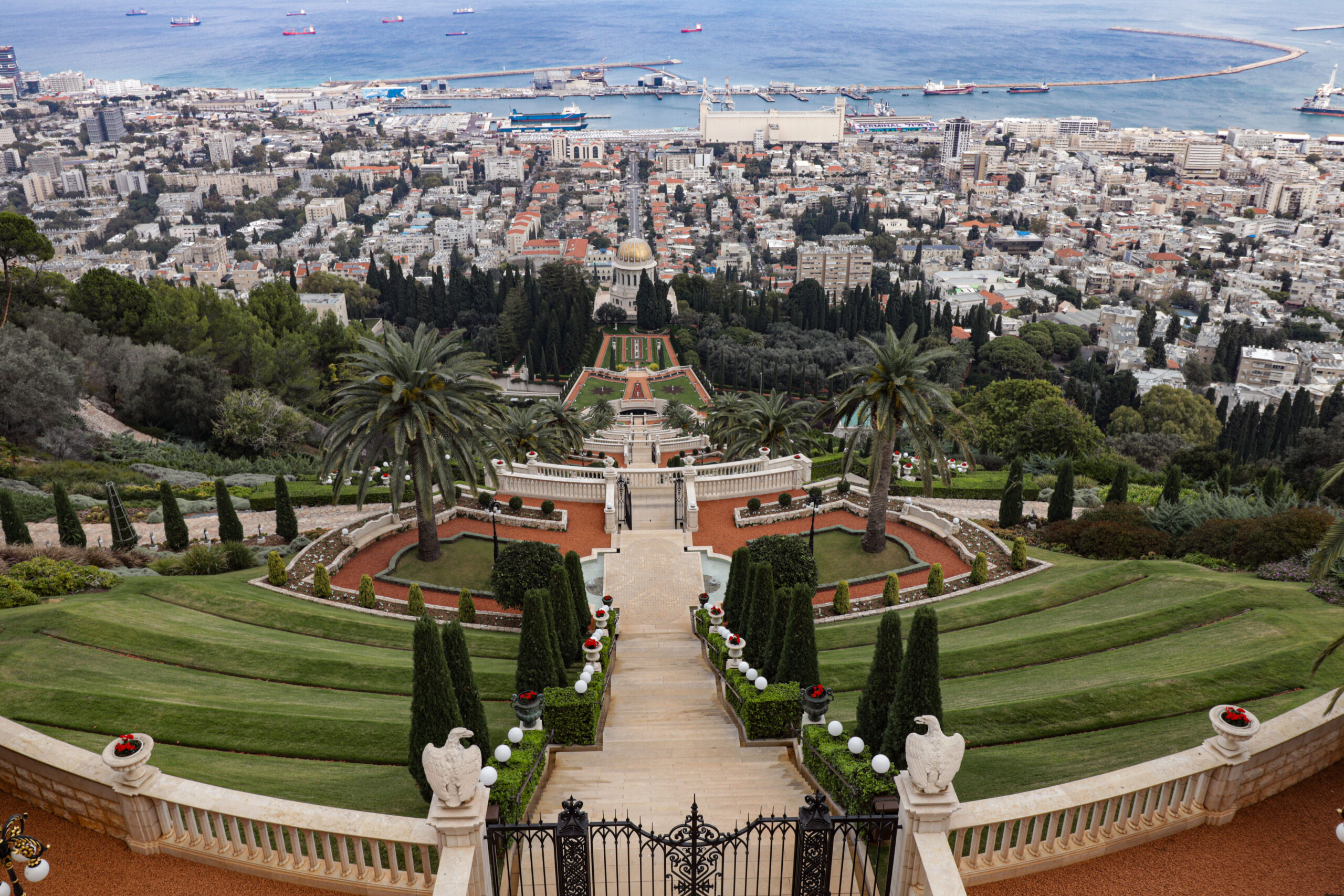It’s hard to ignore the contrast. One place — Iran — treats the Bahá’í community as a threat, a target, something to erase. The other — Israel — quietly maintains their holiest sites in Haifa and Acre with care, symmetry, and respect. And in the middle of that contrast, something important happened this week: the European Parliament adopted a resolution condemning Iran’s systematic persecution of the Bahá’ís and calling for sanctions on those responsible for abuses. It’s a reminder that the world is finally paying attention — that this isn’t just a quiet tragedy happening behind prison doors and confiscated deeds.
And yet, it’s not exactly a story of a persecuted people fleeing to Israel and rebuilding life there. The Bahá’í Faith has a unique rule: its followers are not allowed to move permanently to the Holy Land just because it’s sacred. So yes — the Bahá’í community is welcome in Israel, deeply respected even — but they don’t immigrate and establish neighborhoods or a large resident community like other religious groups. Only international administrators and gardeners with temporary assignments live there. Everyone else visits and returns home. It’s very different from the Zionist story, or the Armenian, or the Druze, or even the Ahmadi Muslims who built a quiet home in Haifa.
So why does Iran persecute them so brutally? The answer sits in the intersection of theology and power. The Bahá’í Faith was born in Persia in the 19th century — and unlike most minority religions in Iran, it didn’t come as an outside tradition. It emerged from within Persian Islam, and taught something the ruling clergy couldn’t tolerate: the idea that divine revelation did not end with Muhammad. That single belief — the belief in progressive, ongoing revelation — turned the faith into a theological earthquake in the conservative Shi’a worldview. If revelation continues, then no clerical hierarchy has the final word. No ayatollah becomes untouchable. No theocracy becomes absolute. And that is deeply threatening to a regime that survives on the idea that it speaks for God.
This is why Bahá’ís in Iran are barred from universities, fired from jobs, arrested without charges, and erased from public records. Their cemeteries have been bulldozed. Their leaders imprisoned. Their existence treated as a crime — not because they are dangerous, but because they represent a spiritual idea outside the state’s control.
Meanwhile, in Israel, something almost poetic happened. When the Ottomans exiled Bahá’u’lláh — the founder of the faith — he spent his final years imprisoned in Acre. Later, the remains of the Báb were transferred to Mount Carmel in Haifa. The holy sites grew there naturally, long before modern Israel existed. And when Israel was later founded as a democracy, it did something extremely simple: it allowed them to exist in dignity. No pogrom, no ban, no forced loyalty. Just neutrality and respect — a rare luxury in the Bahá’í historical timeline.
Today the gardens are manicured like a prayer. The terraces glow at night. The shrines pull pilgrims from every corner of the world. And yet no one is building a Bahá’í neighborhood in Haifa. The arrangement feels almost sacred in its own simplicity: Iran tries to erase their faith, while Israel — without fanfare — protects its most important stones.

The view from the Bahá’í Gardens in Haifa almost feels unreal — like someone planned the city around symmetry, silence, and a single golden point. From this vantage, the Shrine of the Báb sits perfectly centered, its dome glowing softly against the deep greens of cypress trees and the terraced geometry falling down the mountain toward the Mediterranean. And beyond that, Haifa unfolds — dense neighborhoods, cranes in the port, ships waiting offshore — a working city, alive and loud, yet visually anchored by a place built for reflection. It’s striking how the temple doesn’t just sit inside Haifa; in a way, it defines its skyline. For many visitors, this terraced garden is the first mental image of Israel’s third-largest city, a reminder that amid industry, traffic, and concrete, there’s a place designed with the quiet intent of peace. It gives Haifa a character unlike Tel Aviv’s restless energy or Jerusalem’s ancient weight — a city where coexistence isn’t theoretical but visible from the top of a staircase lined with palm trees, perfectly clipped grass, and air that feels just a little calmer than it should.
It speaks volumes.
Maybe that’s the quiet moral of this story: regimes that fear ideas try to destroy them. Democracies, even imperfect ones, aren’t afraid to let ideas breathe.
Leave a Reply